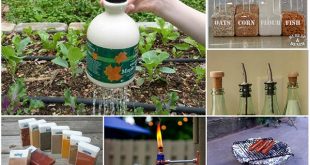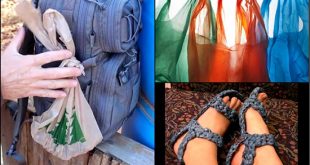10 Ways to Use Dandelions
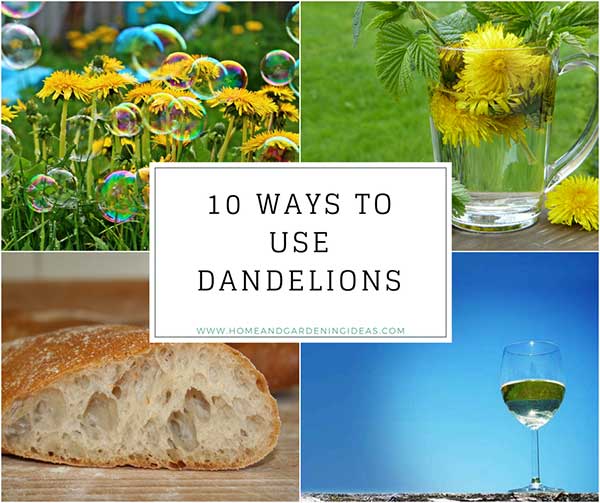
Spring brings a field of yellow in your front and back yards. Dandelions have a bad reputation for being a pesky weed that grows in sidewalk chalks, but our ancestors knew that those yellow flowers have dozens of uses and health benefits.
Dandelions are edible; did you know that? For years, dandelion greens were a frequent addition to salads and soups. The blossoms are edible as well. Instead of killing the dandelions, consider trying one of these several ways to use dandelions.
10 Ways to Use Dandelions
Dandelion Root Coffee
Are you out of coffee? Instead of going to the store, head outside to your front yard and dig up some dandelion roots. The roots create a caffeine-free blend that is similar to instant coffee. You might be surprised that the taste and look are close to real coffee!
Making dandelion root coffee involves drying the roots out and grinding them into a powder. Once ground up, let the powder steep in boiling water for 30 minutes. Strain, reheat to the right temperature, and flavor to your enjoyment.
Dandelion Tea
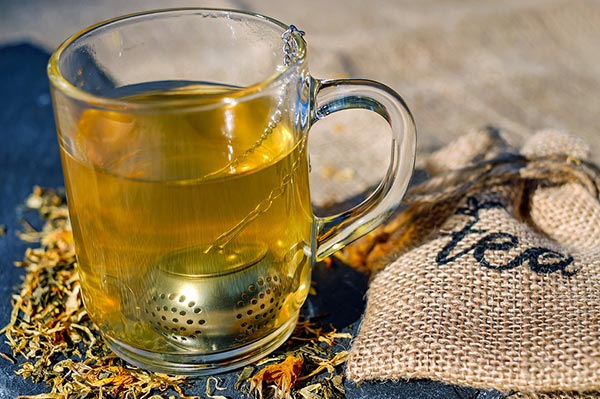
Dandelions contain beta-carotene, calcium, vitamins B1, B2, B5, B6, magnesium, potassium, zinc, and more. Those little “weeds” are truly a nutritional powerhouse. On top of the nutritional benefits, dandelions also act as a diuretic and improve digestive problems. Historically, we see dandelions used to treat liver and gallbladder problems, and reducing inflammation throughout the body.
To tap into some of those benefits, try drinking dandelion tea. You have to dry the roots and dice into small pieces. You don’t want a powder. Put in a tea ball and let steep in water for 10 minutes. Flavor with some lemon.
Dandelion Flower Infused Oil
If you want to make dandelion salves or lotions, you typically need dandelion flower infused oil. The oil can be used to soothe and heal cracked skin. It is also helpful for sore muscles, along with other aches and pains.
To make an infused oil, dry your dandelion blossoms and dry them in the sun or dehydrator. Then, fill a glass jar with the dandelions and fill with your favorite oil. Olive, sunflower or sweet almond are great choices. After three to four weeks of soaking in a sunny location, strain the oil and put back in the jar. You can use the oil immediately or save it.
Dandelion Flower Salve
Now that you have infused oil, you can make a soothing salve. A salve is an ointment that you can rub on sore muscles, achy joints or chapped skin.
Dandelion Wine

You can make bottles of delicious, sweet dandelion wine with all of those yellow flowers in your yard. It might not be the easiest wine for a newbie to make, but dandelion wine has a unique flavor that makes it worth the work.
To make dandelion wine, you first have to pick as many blossoms as possible. Then, remove all of the stems and greens from the blossoms because they will add a bitter flavor. The process of removing the green stems can take time.
Dandelion Jelly
Those who like to make jellies and jams will enjoy making dandelion jelly. The taste is unique and has a flavor that will remind you slightly of honey. The only bad thing about making dandelion jelly is that you need about ten cups of blossoms without any parts of the stem. The collecting and stem removal process takes time, but it is worth it! Once you remove all of the stems, the ten cups reduce down to about four to five cups of blossoms.
Dandelion Bread
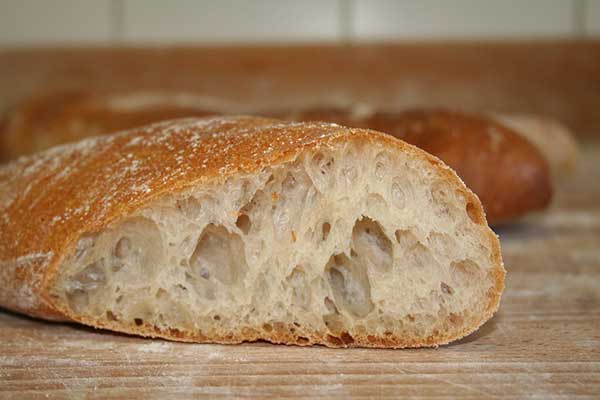
Dandelion bread is a simple bread that you infuse with dandelion petals. The recipe makes two loaves, and the ingredients aren’t strange. Chances are you have everything already on hand.
You have to gather your dandelions first, and you only want the yellow flowers. Because you are eating them, make sure you pick only from areas that are not sprayed with a toxic herbicide. Food Storage and Survival has a fantastic recipe for dandelion bread. It is addicting; you’ll want to make it several times this spring.
Dandelion Vinegar
Another way to extract all of the benefits of dandelions is to make dandelion vinegar. All you have to do is gather fresh blossoms and leaves, and fill up your jar. Pour apple cider vinegar over the dandelions until the jar is filled. Allow the vinegar and dandelions to soak for four to six weeks in a dark cabinet. Strain, and it is ready to use!
There are several ways to use dandelion vinegar. Use it as a hair rinse mixed with equal parts water. Dilute with water and apply to itchy bug bites. Pour a cup of the vinegar into a bath with one cup of Epsom salt to soothe your muscles. You can also make a homemade vinaigrette by mixing the vinegar with oil, diced onions, salt, and pepper!
Dandelion Soap
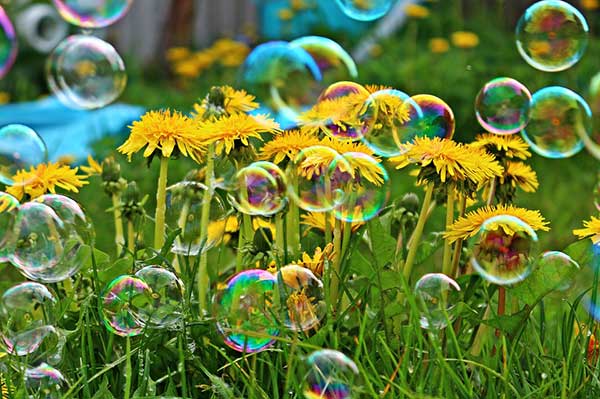
Soap makers should offer dandelion soap as a seasonal choice. It will sell wonderfully at markets. Even newbie soap makers can learn how to make dandelion soap at home.
Honey and dandelions go hand in hand, and you will love this soap if you have any persistent skin issues. Dandelion soap helps to cure eczema and psoriasis.
Put Them in Your Food
Don’t forget that dandelions are edible, and you should include them in your dishes. Dandelion leaves can be used in almost any dish, cooked just like you would cook spinach. Instead of adding spinach to your breakfast frittata, try dandelion leaves. You can add the leaves to your soups and salads as well.
Because you are eating the greens, make sure you only harvest from yards where you know herbicides were not sprayed. You don’t want a bit of weed killer with your salad tomorrow.
Let your creativity run wild! You can be creative and include dandelion greens in as many dishes as you can. They are free and tasty.
 Home and Gardening Ideas At home and Gardening ideas we believe inspiring readers about homesteading, self sufficiency
Home and Gardening Ideas At home and Gardening ideas we believe inspiring readers about homesteading, self sufficiency

